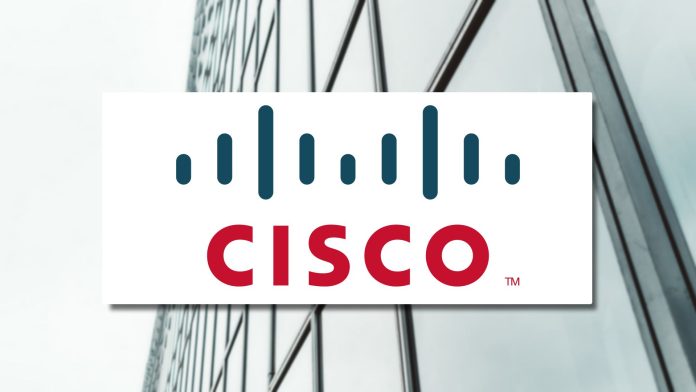Cybersecurity is becoming an urgent concern for small businesses as 96% of organizations anticipate disruptions from cyber incidents within the next two years. Cisco’s recently released 2025 Cybersecurity Readiness Index highlights that only 4% of organizations worldwide have achieved a “Mature” level of cybersecurity readiness—up from 3% last year, yet still alarmingly low. This ongoing deficiency calls for immediate attention, especially as the integration of artificial intelligence (AI) into the threat landscape complicates existing vulnerabilities.
As small businesses increasingly rely on technology, understanding cybersecurity readiness becomes essential for survival and growth. The index evaluates organizational readiness across five pillars: Identity Intelligence, Network Resilience, Machine Trustworthiness, Cloud Reinforcement, and AI Fortification. The report draws from a survey involving 8,000 security and business leaders from around the globe, offering critical insights into the current state of cybersecurity.
Despite AI’s potential to improve security measures, it also escalates risks. An alarming 86% of organizations reported AI-related security incidents within the past year. However, a concerning gap exists in employee understanding of AI threats; only 49% of respondents feel confident that their teams understand these complexities. “As AI transforms the enterprise, we are dealing with an entirely new class of risks at unprecedented scale,” stated Cisco Chief Product Officer Jeetu Patel. His comments underscore the pressing need for businesses to modernize their cybersecurity strategies.
Many small business owners will find it particularly concerning that nearly half of organizations (49%) reported suffering cyberattacks recently. The survey reveals that external threats, such as attacks from state-affiliated groups, are increasingly viewed as critical risks—58% of respondents identified external threats as more significant than internal ones (42%). This perception emphasizes the need for small businesses to implement robust and streamlined defense strategies.
AI also plays a dual role; while 89% of organizations utilize it for threat understanding and detection, risks from generative AI tools are on the rise. Approximately 51% of employees use approved third-party AI tools, but 22% have unrestricted access to public generative AI platforms, revealing substantial oversight risks. This can lead to major security vulnerabilities, especially when IT teams lack visibility over employee interactions with these tools.
In addition to user behavior, the complexity of security architectures poses a challenge. More than 77% of organizations reported that managing multiple point security solutions hampers their response effectiveness. Small businesses, often with limited resources, may struggle to both implement and monitor diverse security solutions, underlining a need for simplification.
Furthermore, a persistent shortage of skilled cybersecurity professionals hampers efforts to improve readiness. A staggering 86% of organizations report this as a critical challenge, with more than half indicating they have ten or more unfilled cybersecurity positions. For small business owners, this could mean either investing in training current employees or considering outsourced solutions, which could be cost-prohibitive.
Cisco’s findings reveal that while 96% of organizations plan to upgrade their IT infrastructure, only 45% allocate more than 10% of their IT budgets to cybersecurity. This decline of 8% year-over-year indicates a worrying trend. Small business leaders should note that investing in comprehensive cybersecurity measures is no longer optional; the threat landscape continues to evolve, requiring a reallocation of resources.
The 2025 Cybersecurity Readiness Index presents clear takeaways for small business owners. Prioritizing investments in AI-driven solutions, enhancing employee training around AI-related threats, and simplifying security infrastructures are crucial. Organizations need to manage risks from unmanaged devices and monitor the use of shadow AI. Safeguarding against cyber threats requires a proactive approach, emphasizing the urgency to rethink strategies in this new era.
Ultimately, as businesses grapple with the dual challenges of AI complexities and persistent cyber threats, taking action now can mean the difference between operational stability and vulnerability. Small business owners who adopt these insights and act swiftly will be better positioned to navigate the cybersecurity landscape effectively.
For more information, visit the full report at Cisco.
Image Via Envato: SkyNextphoto



